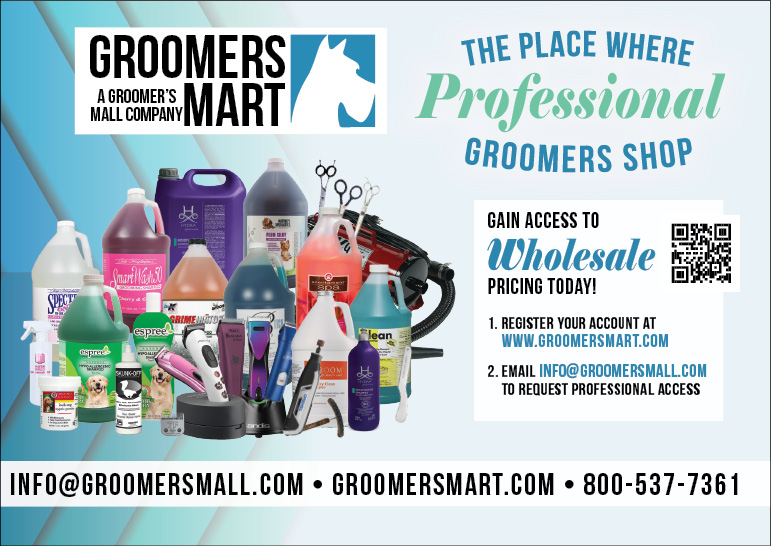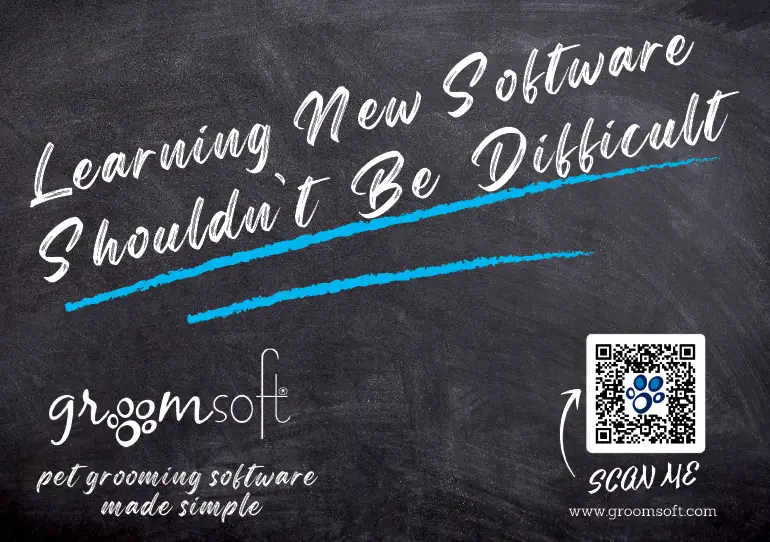
 very facet of life, be it personal or business, has a benchmark moment; a catalyst that sets off a spark, igniting the fire of interest and participation. And as that fire attracts attention and grows, a phoenix sometimes rises from the flames. With a little heat and pressure, diamonds are eventually formed from the coals; proof that things which start out small can eventually turn into big things.
very facet of life, be it personal or business, has a benchmark moment; a catalyst that sets off a spark, igniting the fire of interest and participation. And as that fire attracts attention and grows, a phoenix sometimes rises from the flames. With a little heat and pressure, diamonds are eventually formed from the coals; proof that things which start out small can eventually turn into big things.It was evident that the Grass Roots Groomers played a very important role in the defeat of this devastating bill. They had garnered the respect of big corporate and the Sacramento lobbyists. One of the most poignant realizations was that this was accomplished by regular, everyday groomers. They had banded together into a cohesive unit and accomplished what was perceived as impossible. They had proven that there is strength in numbers.
However, what the PPGSA Standards really accomplished was giving the industry a document that good, fair legislation aimed at groomers can be patterned after. Legislators have little idea of how groomers work, and the Standards outline what are normal and customary operating procedures that help keep the animals, and the groomers, safe. It has become the “go-to” document for several ordinances and bills across the United States.
During the COVID-19 pandemic, many groomers were forced to shut their doors, while in other states they were able to keep their businesses open. With so many unanswered questions, activity levels within these organizations escalated, only to have people drop off when their help and information was no longer needed. It seems many people only support and participate during a crisis or when there is a need.
A single groomer can only do so much when confronted with legislative issues. While calls and letters all help, an organized effort is needed to drive in the point and be recognized. The CPPGA could not have accomplished what it has without the help of other more experienced organizations like the Pet Advocacy Network and the National Animal Interest Alliance. They taught groomers what to say, what to write and how to communicate their needs without sounding like a bunch of whining individuals.
Simply put, the best reasons for participation in a state association are:
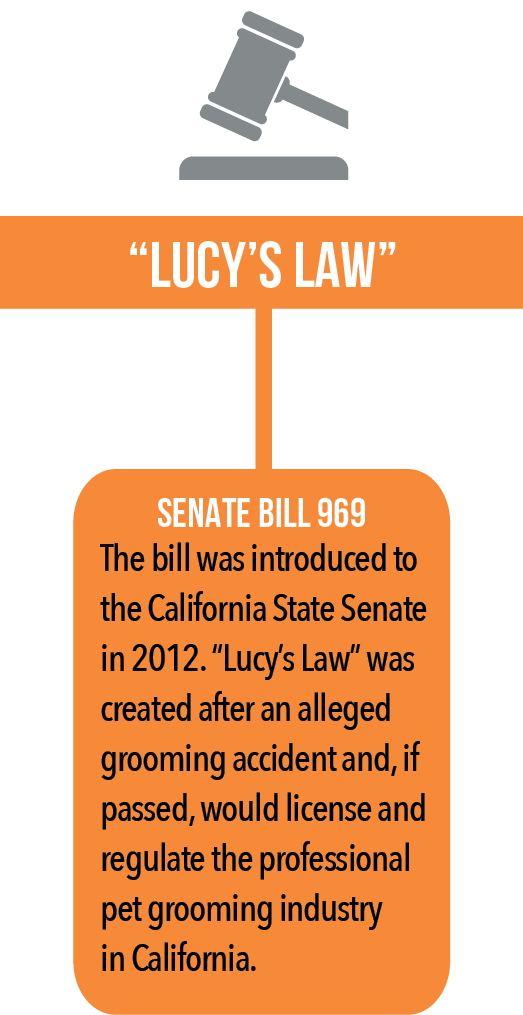
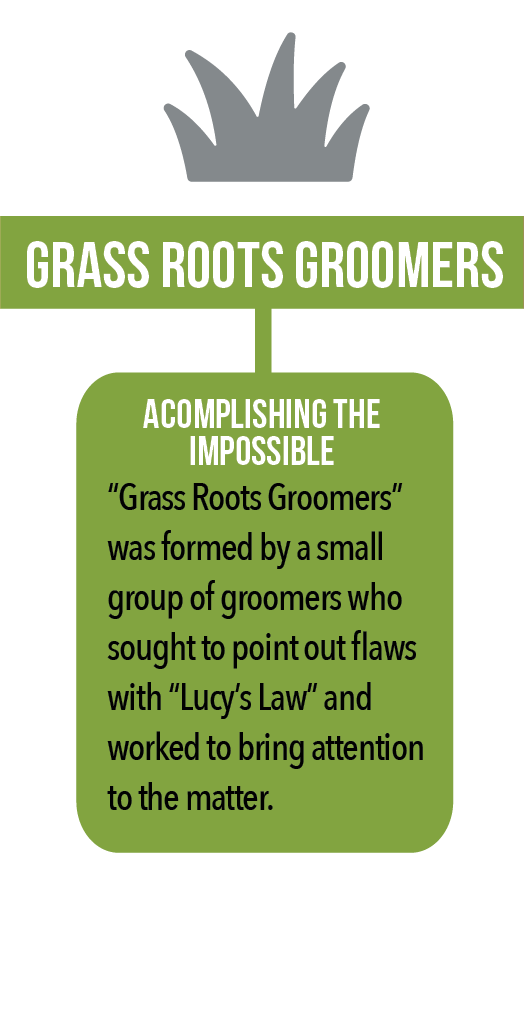

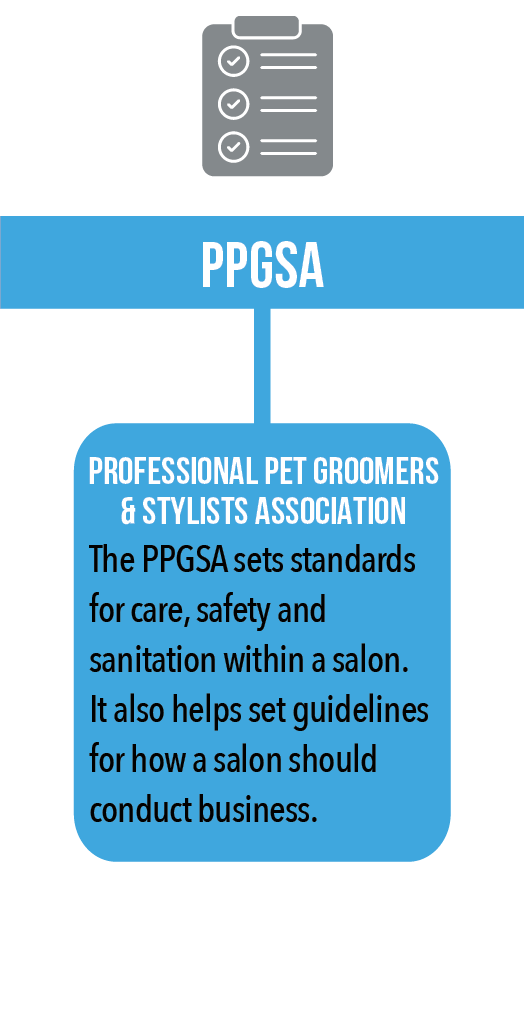
Be sure to select participants with diverse skills. Someone may be a good leader (president & vice-president) or be adept in accounting (treasurer); another might have good organizational skills (secretary) while someone else excels in social media or technology. Everyone has a hidden skill. Nervousness or a person’s hesitancy to be assertive is the most common reason people are reluctant to step up. To make good things happen, participants will need to develop confidence, just like in our businesses.
Bylaws are the structure by which the organization will function. They provide for meeting protocol, how the Board of Directors and officers are chosen or elected, officer duties, filling vacancies of the board, appointing committees and other routine conduct. Basically, these are a contract among members, and any additions or changes must be formally adopted. There are simple bylaw templates that can be adopted and templates available online that can be utilized.
While you’re at it, compose a Code of Ethics. This is a simple guide of principles designed to help professionals conduct business with honesty and integrity. It may outline the mission and values of the organization and state the industry’s ethical principles and standards.
State associations are all non-profit organizations. They are usually incorporated under their state guidelines, with most applying for a Federal 501(c)(6) designation. This is a tax-exempt status that places an association in the same category with business leagues, chambers of commerce or real estate boards. These organizations are created to aid in the improvement of the businesses. Donations to these types of organizations are not tax deductible, but your annual membership dues in these associations are since it is a membership in an organization that directly relates to and benefits your business.
Many of these steps overlap. You will need to open a bank account but will have to show bylaws or corporate papers to do that. Be as accurate as you can with the keeping of meeting minutes as a copy of these minutes will be needed to open accounts and appoint signers on these accounts. This is also a good time to be friendly with your banker as they can hold your hand through the financial process.
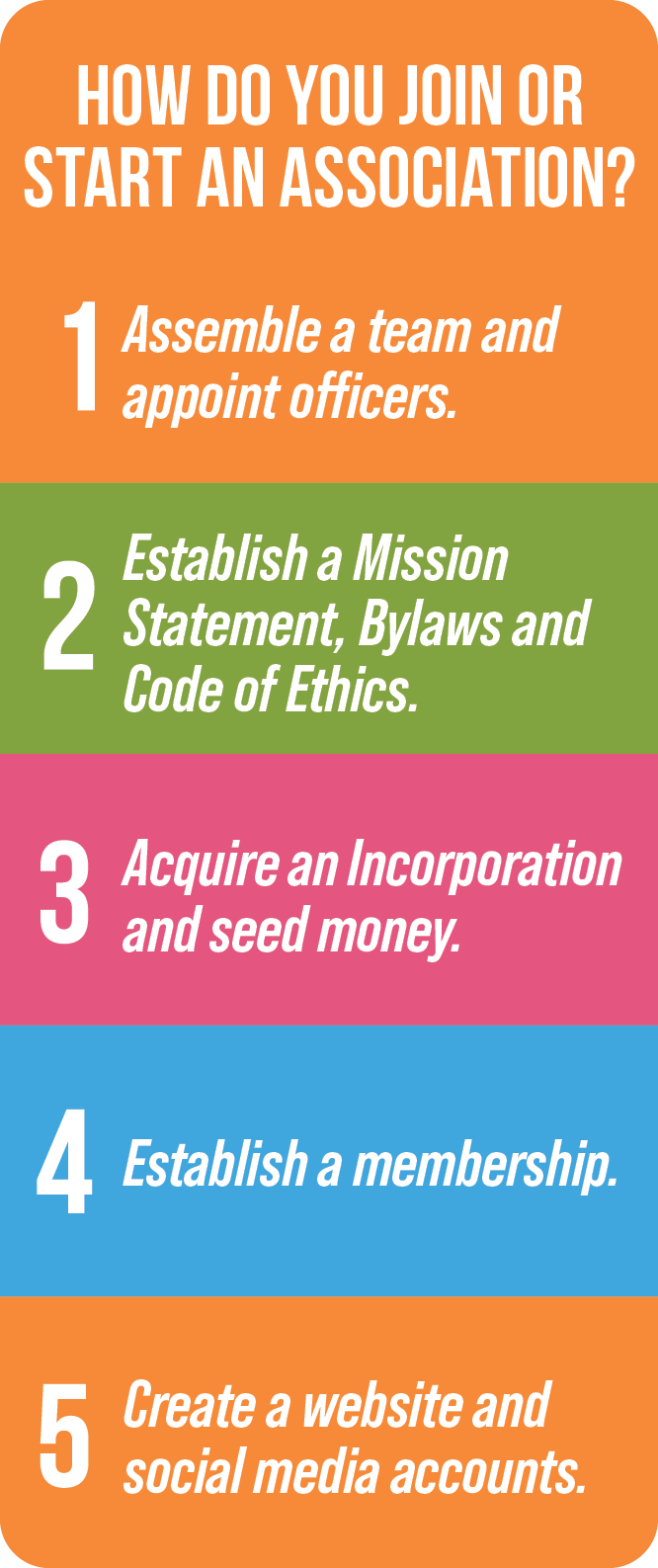
An association usually serves the professionals of their state. Any action regarding legislation in that state can only be addressed by residents of that particular state. So, a person in New Jersey cannot weigh in on Utah law. It is recommended to keep your membership to residents of your state, but you might have another designation of membership for sponsors or supporters that are based out of state. These may or may not have the same benefits of membership as your associate members.
Membership management has long been the bane of many a volunteer organization. Tracking memberships and monitoring renewals can be cumbersome and time consuming. While there are computer database programs available, there are several membership management companies that offer a “one-stop shop” for non-profit associations. They can process member registrations and renewals through their own built-in finance applications. Some allow you to list events and take registrations. The ability to host a website is a plus, as everything will be intermingled. These web-based services do come at a price, and it is usually based on the number
of contacts you put into the system. This is where coming up with a price of membership and renewal is important.
Initial enrollment of a new member may cost a bit more, as it may come with a certificate or plaque, and renewals may be slightly lower. But, whatever you decide, keep it reasonable for both the member and the association. You want groomers to afford it, but the association still needs monies to function.
A good website will be your information center. Listings should include your Mission Statement, your Code of Ethics, the board of directors and committees, a list of the benefits of membership, information on how to join and a “contact us” email address, just to name a few. It can also be a place where members can find informative tools or information about upcoming educational events and trade shows.
The COVID-19 pandemic proved to be the “perfect storm” for the formation of many newer associations, as groomers across the country were all looking for information on how the recent pandemic was affecting their businesses. There are so many states that have taken up the challenge and now have successful professional associations. And while some of these organizations may still be in the “Facebook group” stage, at least they have succeeded in getting the ball rolling.
While there have been several good attempts at organizing a main clearinghouse for state associations, I am optimistic that there will soon be a central place where we can all share information about impending state legislation and continued educational opportunities within our industry. The steps I have outlined above are only the basics of the formation of a state association. There is so much these states can share amongst themselves.
One last point to highlight: All of these associations are being run by volunteers—volunteers that are groomers! They do it for the love of the pets and our industry. Do not wait until a crisis hits your state to become involved in a state association. By the time you really need one, it may be too late to form one.
It’s not a matter of if your state will need an association, but when. Groomers in your state will need their association to be their voice in matters critical to preserve our beloved industry and allow us all to continue practicing the careers we all so love.
So, what are you waiting for? From the flames rises the phoenix, and he has a diamond clutched in his talons. Be a phoenix—get involved!
Resources:
- California Professional Pet Groomers Association (CPPGA) (www.cppga.org).
- Professional Pet Groomers and Stylists (PPGSA) Standards of Care, Safety and Sanitation (https://petgroomersandstylists.org/standards/).
Teri DiMarino is a 50-year veteran of the pet grooming industry, President and a founding member of the California Professional Pet Groomers Association, Inc. Visit the website at www.CPPGA.org or email at Info@cppga.org.

